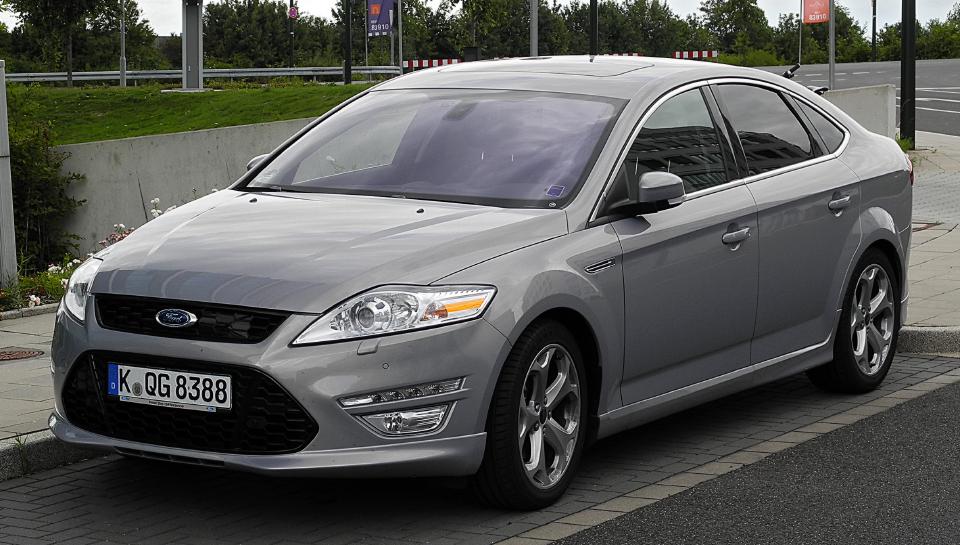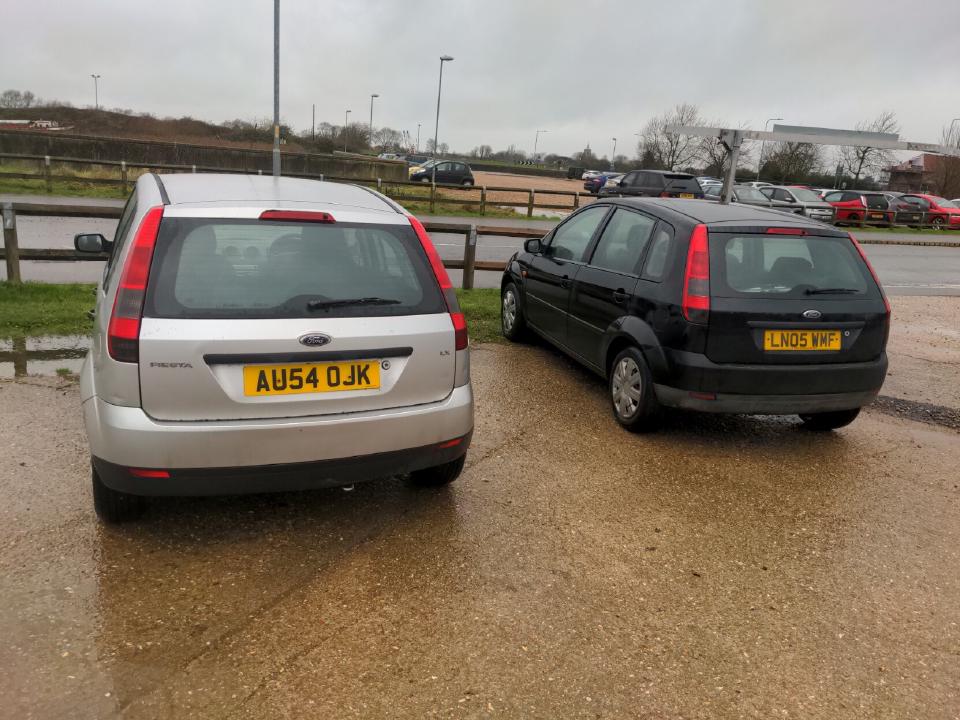Onslow's Cortina, or, cars don't age like they used to
Cars age differently these days, and by "these days" I mean "the last two and a bit decades". Cars seem to transition to "old terrible car" much more slowly, and also go through the trough of no value to "classic" much more slowly too.
What brought this to my mind, and exhibit A in my study, is Onslow's Cortina in Keeping Up Appearances.
The car, when it appears, is a self-contained joke. The joke is that it is a shit old car. The British audience in the early 1990s knows this, because it is a 1978 Ford Cortina. It has mismatched body panels and a missing grille because that is what is expected of a shit old car, and it backfires because it is the kind of car they would expect to backfire, because it is shit.
My mum owned one of these, of roughly the same age, around the time the second series of Keeping Up Appearances was airing. She bought it in a hurry after her Ford Capri was stolen from a car park in Ilford in 1991 (every Ford Capri was stolen from a car park in Ilford, in 1991), because it was cheap. She hated it to its core, and she gave it away because it was bad. I only have vague memories of it, but I do recall that the Honda Accord she owned after that was a revelation to all of us because it reliably started every time.
So, the Ford Cortina Mark IV. Terrible stopgap car for my mum, standalone visual gag in Keeping Up Appearances. It first appeared on screen in the second episode of Keeping Up Appearances in 1990. The car was built in 1978.
You may have been doing the sums in your head already, and know the point I am about to make by those sums multiplied by the title of the post. So here's the scary bit:
Onslow's Cortina is a mere twelve years old in Keeping Up Appearances.
Which is to say it's roughly equivalent...
...to a 2011 Ford Mondeo today. The Mondeo looks like a modern car to me! I have a hard time imagining that its very continued existence as a car could be considered as a joke in itself. A 1993 Mondeo, maybe, with enough gaffer tape.
Maybe I just lack imagination, and maybe someone who has watched any meaningful amount of television in the last decade could prove me wrong. But I've seen far more Mondeos of any given age than I remember seeing Cortinas as a kid. Anyone reading this probably already knows that my working car is a 2004 Fiesta, which is to say, I drive a nineteen-year-old car; a car old enough to get a driving license and drive other cars. It's a running in-joke-with-myself (I am easily entertained, usually by me) to seek them out in car parks and park next to them in some sort of shit car solidarity; this is not hard to do because fifth-generation Fiestas are still absolutely everywhere.
Let's talk about classic cars, and specifically the Ford RS2000 in Lock, Stock, and Two Smoking Barrels:
The aesthetic of this film is self-consciously retro, gritty and cool - that is, what was retro, gritty and cool in 1998. The RS2000 is retro and cool in this film too - and it was a 20 year old car. Now, I don't know for a fact that a film maker would not do the same thing today with, e.g., a Ford Focus ST170...
...but I doubt it.
The flipside of cars becoming terrible cars much slower, as I said, is that they also don't get regarded as classics quite so readily. Though looking at it through the mists of time, I disbelieve that anyone in 1995 would have choked on their Corn Flakes if it was suggested that a 1972 Mini was a classic. I have an easier time imagining a certain set of people scoffing at the notion that a 2000 Mini - you know, that one - was a classic in 2023.
Maybe I am being very selective with my samples. If so, that bias is unintentional. Or maybe, again, I am just lacking imagination. There is harder evidence that I am not lacking imagination. Recall that the road tax exemption for historic vehicles used to be a rolling 25 year one; presumably, it was because so few cars lasted to a quarter-century old that there was no point in taxing them, and those that survived deserved an exemption because they were considered classic cars.
Why do cars of the late 90s and onwards seem to have aged differently to the cars of the late 1970s and early 1980s? I have some ideas:
- I am completely wrong. It's plausible; history could have frozen in my little head when new numbers came in, everything since 1997 is "modern" to me, this is all made up, and television programs actually do depict 2011 Mondeos as comedically terrible.
- Cars just last longer these days, and they last longer because they are better. I think this explains it, to whatever extent "it" is real. Rust-proofing is better, engines are built better, and self-adjusting systems mean fewer mechanical failures - no longer written off by either catastrophic failures, or by many smaller failures leading to "that's it, I'm done with this fucking car" and an early trip to the scrapyard.
- Cars have not improved so much between generations that buying a new car makes immediate practical sense, where it did in the past. For all I know a 2014 Fiesta might have real improvements over my 2004 one, but The Shed still starts every time I need it, and has a working heater. (It'd probably even have air conditioning, if I bothered to re-gas it.)
- We have a different relationship to the cars of the past, for the above two reasons.
- Or maybe, nostalgia ain't what it used to be; that, despite all the enormous technological changes of the last three decades upending basically everything, we feel closer to our immediate past than we did in 1990. Though it is an example from the United States, and one from 1973, American Graffiti stuck with me for two reasons. One is that dear God there is much to appreciate about this film but the attitude towards women makes that awkward to watch in The Current Year. But, the other is that it was a nostalgia trip about a very different, then-gone era...of eleven years before the film was made.
I don't know which of these is true, so I don't have a good conclusion to this piece. Oh no! Answers on a postcard. But I'll leave you with one last little snack for thought: the Bluesmobile was only six years old!




